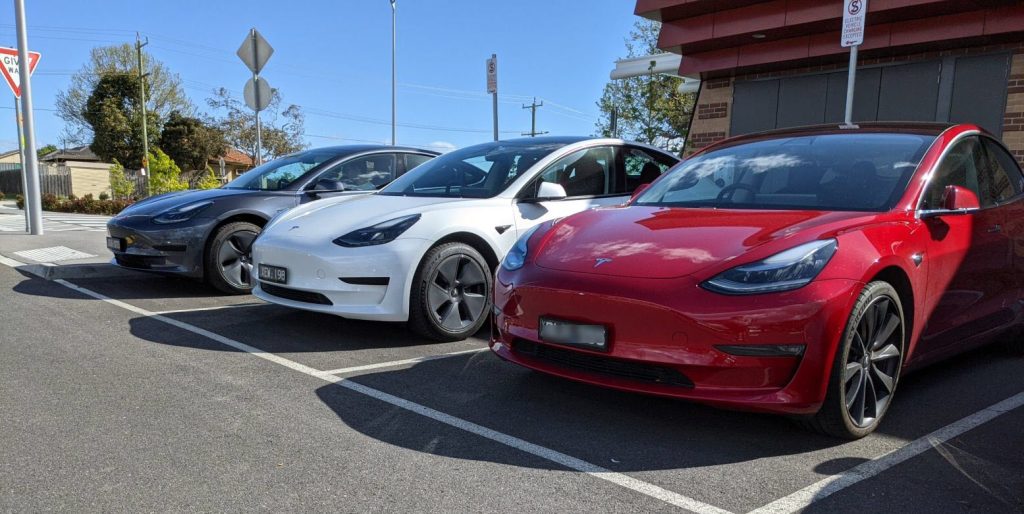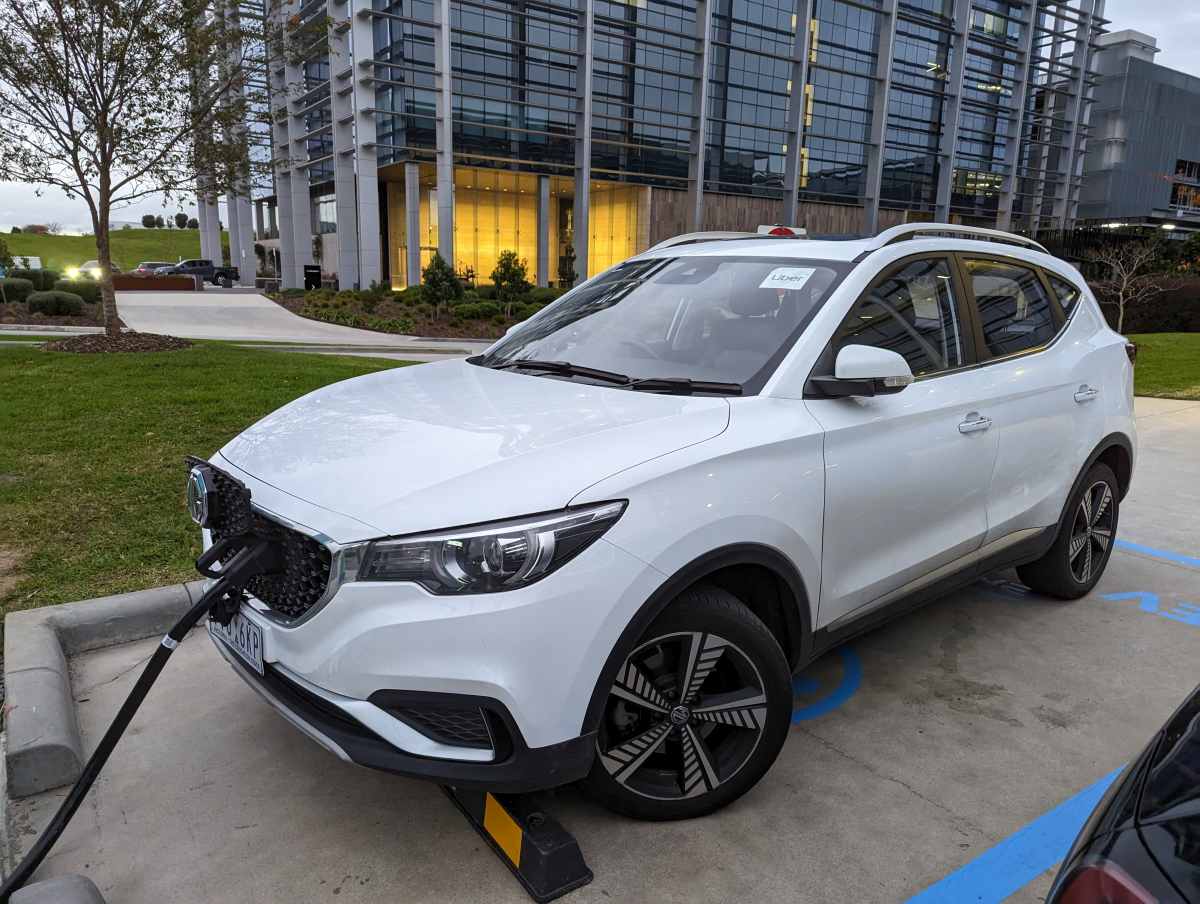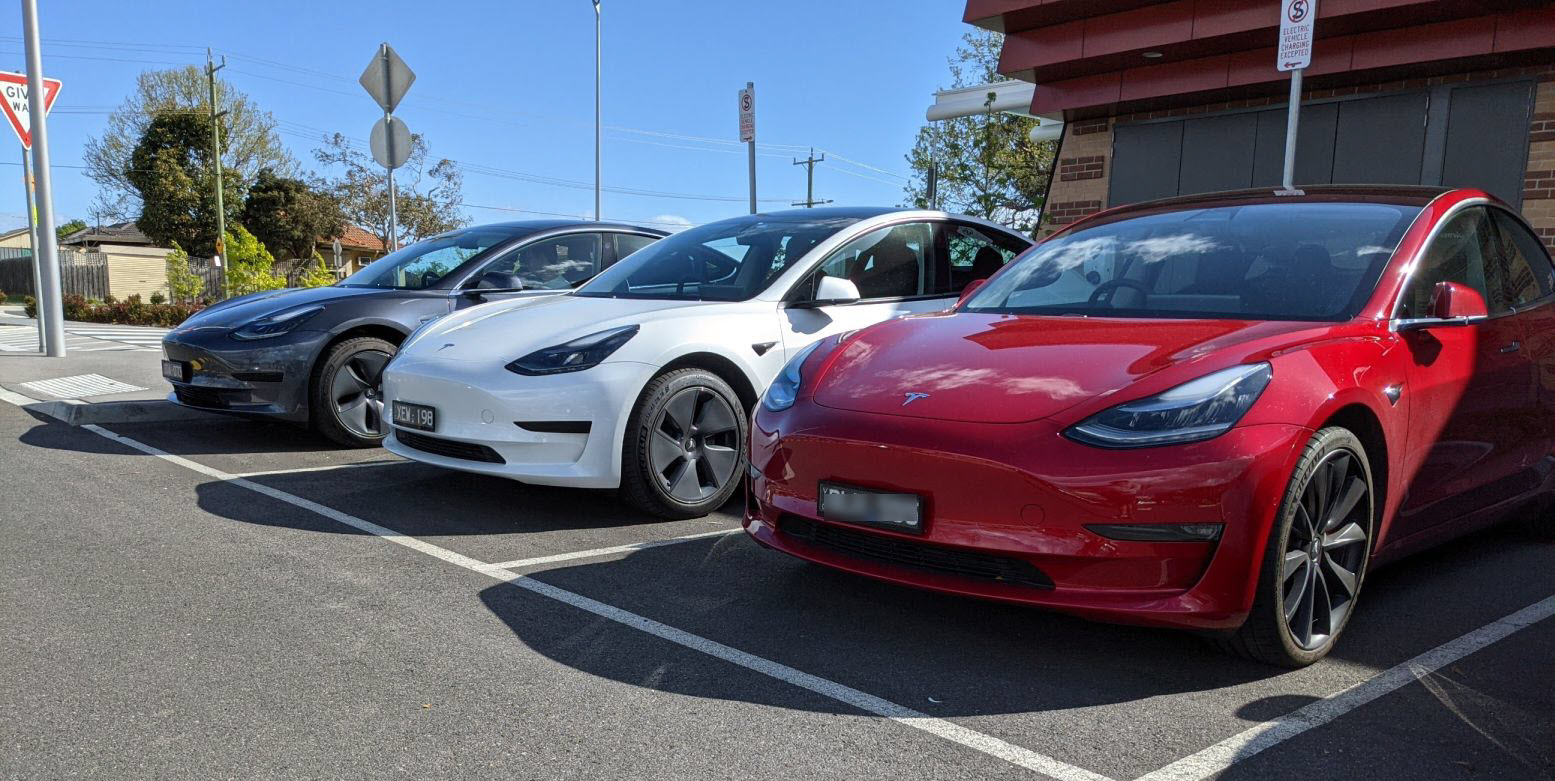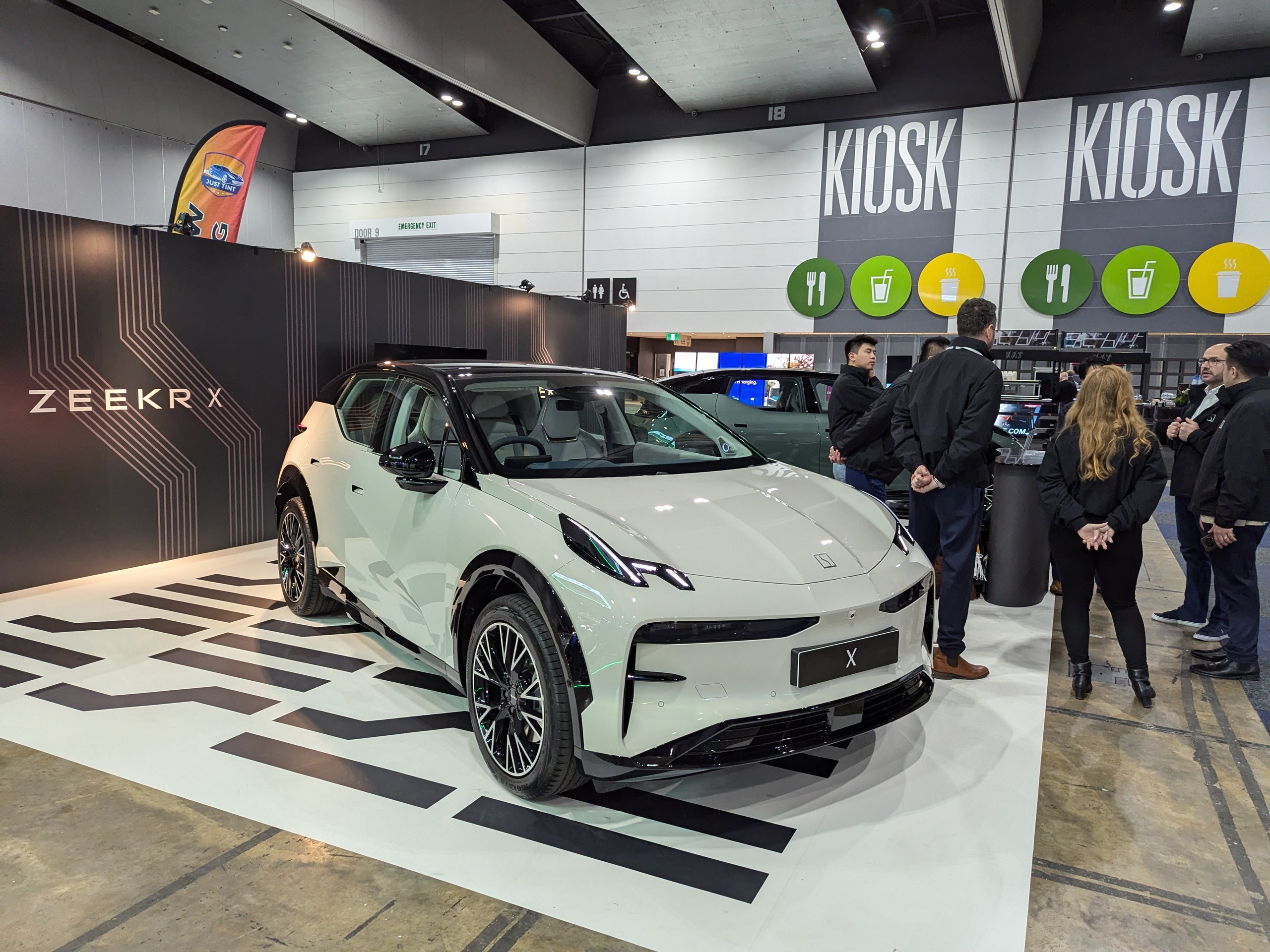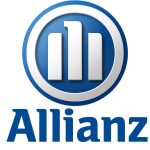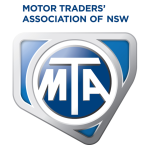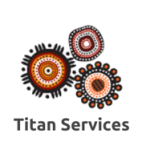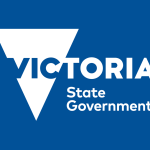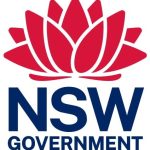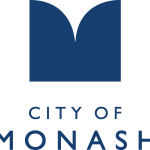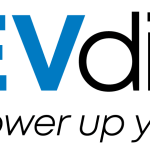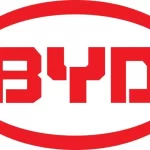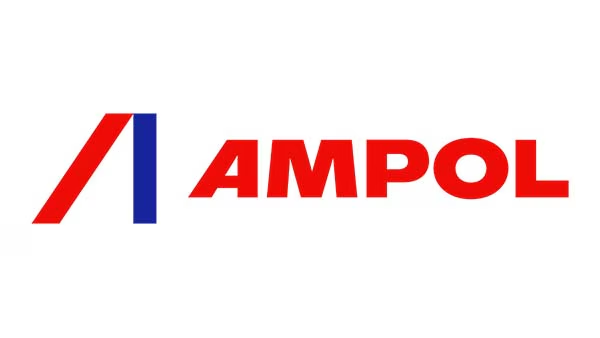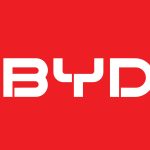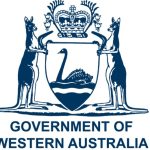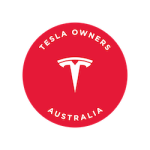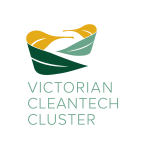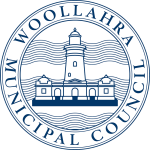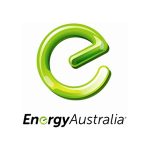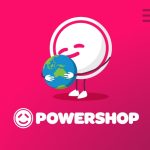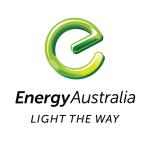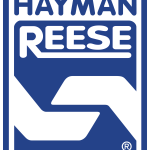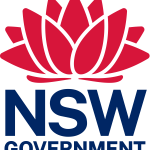This week’s episode discusses the Farizon Supervan approval, which may lead to their grand entrance into the Australian market.
Transcript
Adrian: Welcome to EV Loop, powered by Carloop. I’m Adrian Maidment.
Riz: And I’m Riz.
Adrian: In this episode, we are looking at new brands for Australia. There’s a big digger that’s an EV, more charger news, some sales updates, and of course, the chart of the week. Hi, Riz!
Riz: Hey Adrian, good to be on. It’s our sixth episode.
Adrian: Yes, episode 6—lucky for some. Have you had a busy week? Busy week, Riz?
Riz: Yeah, pretty busy. Got to see some new electric cars and kept an eye on what’s going on in the industry. That’s what we’re here to talk about. And if you’re into more of this type of content, please like, subscribe, and give us feedback on what you think and what else you’d like to hear or see on our podcast and YouTube channel.
Adrian: That’s very good, Riz, that’s very good. That could be the sell there. Speaking of selling, new to the market in Australia, we’re talking vans first up—the Verizon Supervan. It’s a Supervan.
Riz: Supervan. Not to be confused with Superman—it’s the Supervan. It’s here, and it’s had its ADR approvals this last week or so. It appears it will be coming with two battery packs and will be the first of its kind where each battery pack comes with ten variants—different lengths, heights, cargo spaces—all really focused on accelerating the electrified van fleet in Australia.
Adrian: Yeah, and it’s kind of a new brand, but it’s also from the Geely stable of brands, isn’t it?
Riz: That’s right. The Supervan has been let loose through the stables of Geely, which owns Polestar, Volvo Cars, Zeeker, Lotus, and several other brands. This is part of their light commercial vehicle division. While researching that particular product, I learned that Verizon operates battery swap stations, charging infrastructure, and a whole lot more in the commercial space. They really know what it takes to get proper electric van vehicles out onto the road, and it’s heading to Australia and possibly New Zealand.
Adrian: Yeah, it looks quite stylish for a van, so that’s probably going to go pretty well.
Riz: Yeah, they’re already taking pre-orders for it in Europe. So, they’ve got big ambitions with this one.
Adrian: And then, moving away from cars, let’s talk about big diggers—an electric digger. BHP has got a big digger.
Riz: Look, everything needs to be electrified, and I think mining is the right space for this. Mine sites generally operate off-grid in many ways. They generate their own power, and if they’re doing it through renewable sources, they’ve got plenty to power the large equipment they use on-site. Less fumes on-site and a lot of other advantages environmentally and safety-wise as well. The more of these machines that can be fully electrified, the better it will be for the sector and for reducing the emissions that go into digging up raw materials for things like electric vehicles.
Adrian: Another brand apparently involved is Fortescue.
Riz: Yeah, Fortescue, big in WA for iron ore mining. They seem to have quite a few initiatives. As we move forward, many of these ASX-listed companies have ESG requirements and need to showcase that they’re reducing their emissions. We’ll likely see many more investments along those lines to reduce carbon emissions within their operations. So, watch this space.
Adrian: Yes, Fortescue has a net zero target for 2030, so that’s fast approaching. Let’s look at some vehicles now—let’s talk Tesla again. Tesla Cybertruck spotting: new state, same Cybertruck.
Riz: Same Cybertruck. We weren’t as early as those who got to see it in New Zealand when it was doing winter testing last year. Since April, the Cybertruck’s been doing a bit of a roadshow around Australia. It started off in Sydney, then Canberra, Melbourne, and was in Tassie recently. So, it took the boat to Tassie, then back again. And this time, it’s on the far west side—now in Western Australia, heading to Perth.
Adrian: So, watch out, Perth. Staying in Australia with charger news, Ampol has apparently missed their new charger target.
Riz: That one’s a bit interesting. It blows my mind that an organisation so energy-driven, having rebranded to Ampol over the last couple of years, is really about delivering energy where Australians need it. They missed this target by a big shot. They’re blaming the fact that they can’t get electricity from the distributors to the sites where they need it and all the rest of it, while Tesla and others seem to be able to get the power they need to keep opening new sites. It’s very disappointing, but at the same time, they’ve apparently received more funding to roll out more. If you don’t hit your targets, you get more money. Anyway, time will tell, but yeah, Ampol needs to make sure more chargers are in the ground sooner. Regardless of whether we like it or not, electric vehicles are coming, and with what we’ll shortly talk about in this episode, there’ll be thousands more buyers looking at getting into one in the coming months, so the infrastructure needs to be there.
Adrian: I’d like more money for missing my targets. That’d be awesome.
Riz: That’s right.
Adrian : Now, let’s go to international news and another deviation from EVs, but hybrid news. Ford has decided to focus on hybrids in their big SUVs.
Riz: They had big plans for three-row large electric SUVs, sort of like the Kia EV9-sized vehicles, but now they’re stepping back, saying people want hybrids, not fully electric. So, they’re going with hybrids. Interesting timing for this sort of announcement, but I guess if they don’t do it, there are plenty of other brands, particularly those from China, that are ready to step in. BYD already has the Tang in multiple markets outside of China, including Europe. I think I also saw one being tested in Canada. So, if Ford doesn’t make them, BYD and others will. Let’s watch this space.
Adrian: I guess they’re also trying to cut down on losing money, aren’t they? They say they lose money on every EV they make.
Riz: It’s a catch-22, isn’t it? If they don’t make enough, they’ll lose more. If they stop making them altogether, they’ll lose even more. So, yeah, short term versus long term.
Adrian: Someone not worried about losing money is Xiaomi from China, which you’ve focused on before. They’re trying to get into the big leagues with BYD and Tesla. They’re not worried about losses at the moment—they’ve got big plans.
Riz: Xiaomi does. Earlier this year at the Beijing Auto Show, which over 800,000 people attended over 10 days, Xiaomi was the hottest thing. The CEO is like a rock star in China. Launching their electric car as their first go has hit so many different performance and comfort targets very well. They launched it in March, started deliveries in April, and by the end of this year, they’re expected to deliver over 100,000 vehicles. That’s huge for a brand-new manufacturer. Apple couldn’t do it; Xiaomi is doing it. And they also have…
Adrian: Yeah, they’re known for their phones and many other products out there.
Riz: That’s right, and I think their focus is to get as many of these vehicles on the road as possible, learn from user feedback, and then they have bigger plans for SUVs next year. They’re not scared to lose money this year, but I think in the next two to three years, Xiaomi will become one of the bigger, well-known brands in the automotive industry globally.
Adrian: And sticking to Chinese brands doing well, BYD has, in global figures, passed Nissan and Honda for April to June vehicle sales.
Riz: Honda?
Riz: It’s happening and I think the trend is only going one way. So, I think BYD will surpass a few other legacy automakers in 2024.
Adrian: And now let’s move on to the exciting times of Chart of the Week. We’re looking at used car sales in this chart, and it sort of ties into the new lower-priced Tesla pricing of sub $30,000.
Riz: It’s happened, Adrian. We’ve been waiting for this time for a while now, where, you know, one of the bigger arguments against EVs is that they’re expensive. Yes, they are. It’s taken a while for a healthy used electric car market to form, and this chart sort of illustrates that. As the number of listings of these vehicles goes up, it’s reached a record high of over 650 Model 3s up for sale in Australia. We’re starting to see prices of some of those advertised vehicles drop below $30,000. $29,990 for two of them, both located in Queensland. And yes, the cars have a few kilometres on them, under 120,000 for both of them.
Relatively new cars, 2020 model cars, three to four years old. I think it’s… yeah, the prices are really starting to come down now. It makes it accessible for many more people to think about. Who might have been on the fence about getting an electric car can get a relatively recent quality electric car for under $30,000, and it’s only heading in one direction.
Adrian: Riz, have you been in any cars this week? Any EV driving or looking at?
Riz: Yeah, so this week’s been an interesting one. I surprisingly got to see the Cupra Tavascan, only announced last month in Australia that it was coming later this year. And Cupra in Australia has these garages—they don’t call them dealerships or showrooms or experience centres. They call them garages. So, in the Richmond garage in Melbourne, I popped in thanks to a tip-off by one of our listeners of this podcast. And yeah, it happened to be there. So, I popped in, had a look. It looks quite nice in person. It was a left-hand drive model. And it feels a little bit like the Cupra Born, which was launched nearly two years ago now in Australia. But it has a new infotainment screen, which is a little bit bigger, a little bit Model 3-like.
So, Volkswagen’s learning, which is the, I guess, the owner of Cupra. And this would be the first model with that particular screen here in Australia as it launches in quarter four. Another interesting point about Cupra is that this would be the first electric SUV from the brand, but not only that, it will also be the first Cupra, as far as I know, to be built and manufactured in China for the Australian market. So, interesting times ahead as the Volkswagen group focuses more and more on manufacturing and engineering efforts in China, supplying to global markets like ours in Australia.
Adrian: I didn’t know that.
Riz: Yeah, manufacturing and engineering efforts in China, supplying to global markets like ours in Australia.
Adrian: Which Volkswagen is that based on? Is it the ID.4?
Riz : I think it’s the ID.4 and the ID.5. Obviously, the challenge here has been that Volkswagen Australia has not released any models yet.
Adrian: Yeah, yeah, that happened in New Zealand. And also, I’ve seen a couple of photos of real high-class—the Rolls-Royce Spectre. Did you get a chance to check one out?
Riz: I had to see one in person, and I ended up on the very same road with the Cupra garage. There’s a Rolls-Royce dealership, and on the first floor, you can’t see anything. You just see some Aston Martins and a couple of other things. But then, I checked in with the receptionist, and they said, “Yes, Rolls-Royce is on level one.” So I walked up. You need an invitation or you create your invitation. I went up and had a look, and they not only had one, but three Rolls-Royce electric Spectres.
One of them was sold to a customer because it had a sold sign on it, and there were two more there. Yeah, the most expensive electric car you can buy on the Australian market, and one of them I saw had a sticker price of just over a million Australian dollars. Cool to see in person, but I haven’t seen one being driven around the country. So, yeah, watch this space as well. Very expensive cars that I got to just look at, not sit in. But Adrian, as I understand, you were in one a couple of weeks ago.
Adrian: Yeah, I had a look, and I didn’t drive it because I was too terrified for a start. But it was lovely. And every review—I’ve watched a few YouTube videos of it—and everyone driving them seems to think it’s fantastic. So, something to aspire to. Yeah, aspire to. And what have you got coming up this week, Riz? Out and about?
Riz): Yeah, so this coming week, there are a couple of things happening. I might get a chance to look at some of the new products coming into the Australian market. Three new EVs. Actually, no, four. There are three that I’m certainly going to try and see in person and share more about in the next episode. And there’s also a sneak preview of a fourth electric car. This particular car—there hasn’t been anything like this in our market. So, a lot for our listeners and viewers to look forward to in the next episode of EV Loop. So, like and subscribe if you want to tune into that one and find out what those vehicles are because they’re all coming to Australia.
Adrian: Good teasing there, Riz. Any final thoughts to leave us with this week?
Riz: Yeah, so we’re seeing a healthy used electric market starting to form, which means many more people will have access to quality, cleaner electric cars. We want to see that trend continue to develop. And I think with more competition coming into the space, more people will have the opportunity to consider a car that is obviously electrified rather than thinking about another ICE vehicle. So, that’s quite important to see develop, but at the same time, so many new models are on the horizon. So, yeah, watch this space.
Adrian: Okay, Riz, thanks very much, and we’ll see you again next week.
Riz: See you then.

